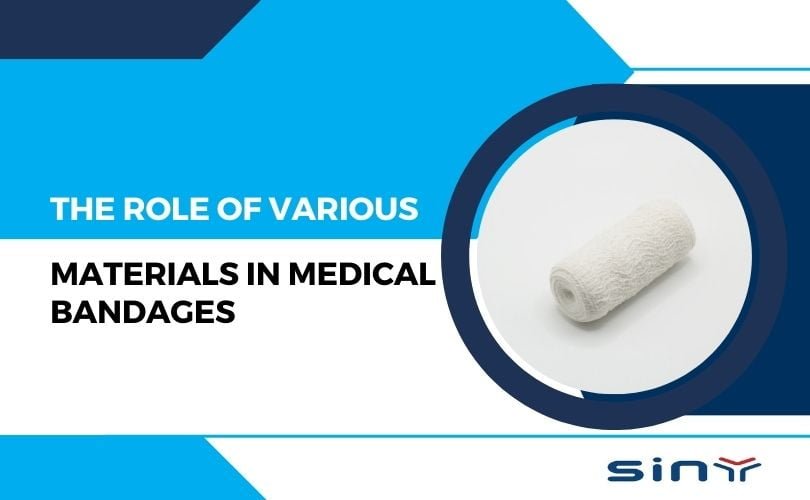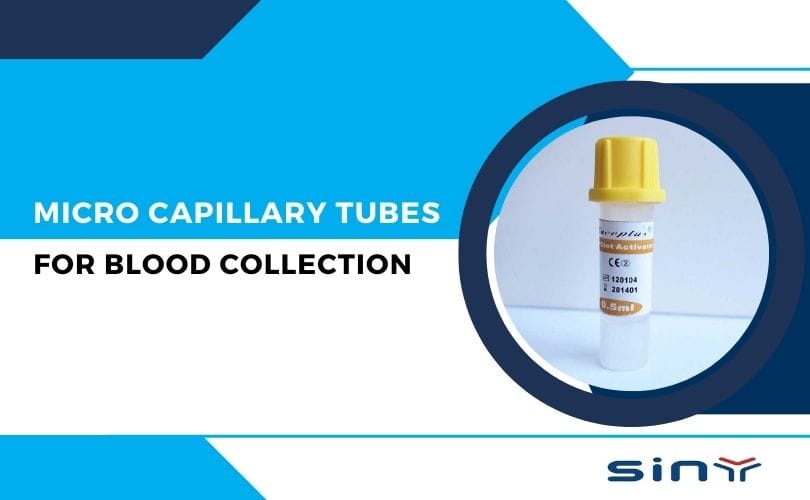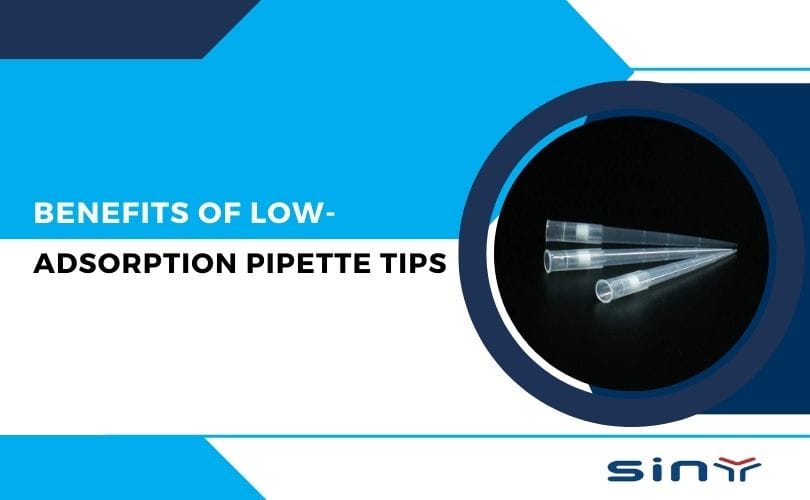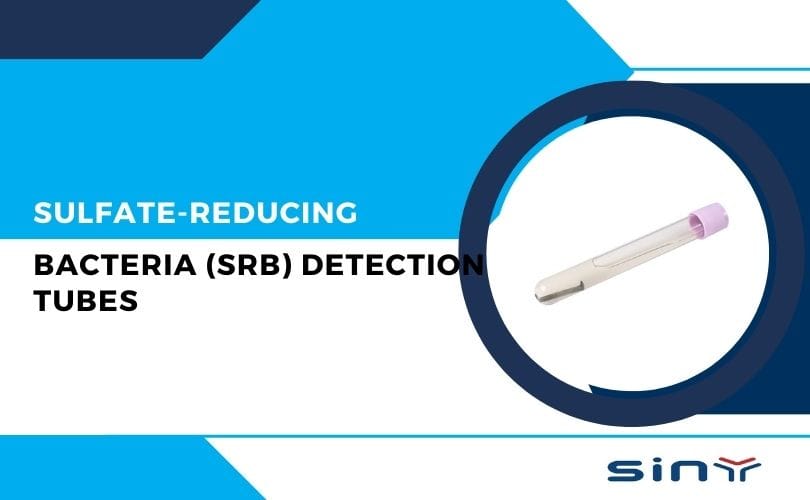The medical bandage is a versatile tool used for various medical purposes. Fixation, application, and the production of surgical dressing materials are among its main duties. It is a crucial part of medical kits and is frequently utilized in surgical settings, wound care, and injury treatment in healthcare settings.
Our partner providers can provide you with adhesive bandages for everyday treatment of minor injuries, elastic bandages for strong and flexible support, or compressive bandages for efficient management of swelling. You are selecting dependable, long-lasting, and high-quality tools that facilitate safer and quicker healing when you use their bandages.
Table of Contents
- 1 Introduction to Medical Bandages
- 2 What is a Medical Bandage?
- 3 The importance of choosing the right material for medical bandages
- 4 Cotton is a traditional material for medical bandages
- 5 Types of Medical Bandages
- 5.1 Compression Bandages for Venous Insufficiency
- 5.2 Surgical Dressings for Postoperative Wound Care
- 5.3 Orthopedic Bandages for Joint Support and Immobilization
- 5.4 Burn Dressings for Thermal and Chemical Burns
- 5.5 Hydrocolloid Dressings for Chronic Wounds
- 5.6 Self-Adherent Cohesive Bandages for Sports Injuries
- 5.7 Elastic Adhesive Bandages for Wound Closure
- 5.8 Foam Dressings for Exuding Wounds
- 5.9 How to Apply a Compression Bandage
- 6 Future Trends in Medical Bandage Materials
- 7 Medical Bandages and Surgical Bandages
- 8 Medical Bandage Specifications:
- 9 Product Features
- 10 Benefits of hydrogel bandages over cotton bandages
- 11 Final Thoughts
- 12 FAQs (Frequently Asked Questions)
Introduction to Medical Bandages
Medical bandages are indispensable tools in healthcare settings for wound dressing, compression, and immobilization. They serve as protective barriers, preventing infections and promoting healing while ensuring patient comfort.
What is a Medical Bandage?
A medical bandage is a tool that every healthcare provider needs. It is applied to support, shield, and encourage the recovery of wounds. It comes in multiple varieties, including adhesive, elastic, and compressive bandages, and can be fashioned from various materials like cotton, polyester, or elastic. Medical bandages cover wounds, reduce swelling, support wounded or irritated areas, and enhance blood circulation.
They are an essential component of first aid packs, medical offices, clinics, and hospitals. The type of injury, its location, and the patient’s particular requirements all play a role in selecting the best medical bandage. Medical bandages are essential for both infection control and the healing process.
The importance of choosing the right material for medical bandages
Choosing the right material for medical bandages is crucial for effective wound healing and patient comfort. The material used can significantly impact the healing process, as different materials have varying properties and benefits. The choice of bandage material depends on factors such as the wound’s type and severity, the desired moisture retention level, and the patient’s needs.
By understanding the characteristics of different materials, healthcare professionals can make informed decisions and provide optimal care for their patients.
Cotton is a traditional material for medical bandages
Cotton bandages, made from the fibers of the cotton plant, have long been a staple in wound management. The natural properties of cotton make it an excellent material for bandages. Cotton is soft, breathable, and absorbent, allowing for adequate air circulation and absorption of wound exudate.

This helps maintain a dry and clean wound environment, promoting healing and preventing infection. Cotton bandages are also comfortable to wear and do not cause skin irritation or allergies in most individuals.
Types of Medical Bandages
Compression Bandages for Venous Insufficiency
Compression bandages exert pressure on the limbs to improve blood circulation and reduce swelling in patients with venous insufficiency. These bandages are commonly used to treat varicose veins, venous ulcers, and lymphedema. By promoting venous return, compression bandages alleviate symptoms and prevent complications associated with venous disorders.
Surgical Dressings for Postoperative Wound Care
Surgical dressings are applied to surgical cotton bandage supplier incisions to protect the wound site, absorb exudate, and promote healing. These bandages may consist of sterile gauze, non-adherent pads, or transparent films, depending on the nature of the wound and surgical procedure. Properly applied surgical dressings minimize the risk of infection, facilitate tissue repair, and optimize surgical outcomes.
Orthopedic Bandages for Joint Support and Immobilization
Orthopaedic bandages are designed to stabilize and immobilize injured joints, ligaments, and muscles. They provide support during rehabilitation following orthopaedic injuries or surgeries, such as fractures, sprains, and dislocations. Orthopaedic bandages help reduce pain, prevent further injury, and facilitate recovery by limiting joint movement and promoting tissue healing.
Burn Dressings for Thermal and Chemical Burns
Burn dressings are specialized bandages used to treat thermal and chemical burns by providing a protective barrier against infection and promoting wound healing. These dressings may contain hydrogel, foam, or silver-impregnated materials to soothe pain, manage exudate, and prevent bacterial colonization. Burn dressings are crucial in managing burn injuries and minimizing complications associated with tissue damage.
Hydrocolloid Dressings for Chronic Wounds
Hydrocolloid dressings create a moist wound environment conducive to healing and promote autolytic debridement in chronic wounds, such as pressure ulcers, diabetic foot ulcers, and leg ulcers. These dressings absorb exudate, facilitate the removal of necrotic tissue, and support granulation tissue formation. Hydrocolloid dressings offer superior conformability and patient comfort, making them ideal for prolonged wear.
Self-Adherent Cohesive Bandages for Sports Injuries
Self-adherent cohesive bandages are commonly used in sports medicine to provide support, compression, and stabilization for acute soft tissue injuries, such as sprains, strains, and contusions. These bandages adhere to themselves without the need for clips or tape, offering flexibility and ease of application. Self-adherent, cohesive bandages allow athletes to maintain mobility while protecting injured tissues and promoting recovery.
Elastic Adhesive Bandages for Wound Closure
Elastic adhesive bandages are used for wound closure and immobilization of joints following minor injuries or surgical procedures. These bandages conform to body contours, provide gentle compression and secure wound dressings in place. Elastic adhesive bandages promote hemostasis, minimize movement-related pain, and support healing by stabilizing injured tissues.
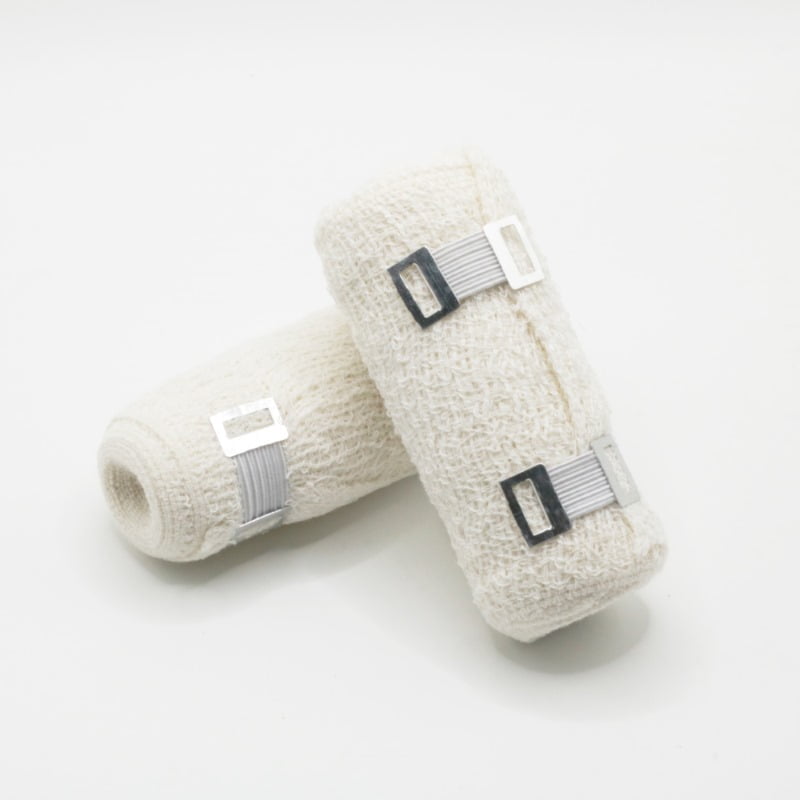
Foam Dressings for Exuding Wounds
Foam dressings are highly absorbent bandages designed to manage moderate to heavily exuding wounds, such as pressure ulcers, surgical incisions, and traumatic injuries. These dressings absorb excess fluid, maintain a moist wound environment, and protect the wound bed from bacterial contamination. Foam dressings promote granulation tissue formation and facilitate epithelialization, accelerating the healing process in exuding wounds.
How to Apply a Compression Bandage
- Ensure the start of the roll is facing upwards.
- Ensure the ankle is positioned at approximately a 90-degree angle.
- Start by wrapping the bandage tautly around the ball of the foot, then the arch of the foot
- Once secured, pull the bandage diagonally across the top of the foot, circling it around the ankle, bringing it sideways across the top of the foot again, and then wrapping it under the arch in a figure of 8 pattern.
- Continue to wrap the foot in a figure of eight patterns, moving toward the heel on the bottom and up toward the calf at the top.
- The bandage should cover the entire foot (excluding the toes) and extend about 10cm above the ankle.
- Secure the loose end with tape or clips.
Future Trends in Medical Bandage Materials
Advancements in material science continue to drive innovation in medical bandages. From smart dressings with integrated sensors to biodegradable materials, the future holds promising developments for wound care.
Medical Bandages and Surgical Bandages
Your one-stop shop for medical bandages is Siny Medical. We have all the bandages you need for almost any medical use, from traditional Band-Aid brand bandages and dressing coverlet strips to elastic bandages, latex and latex-free bandages, self-adherent bandages, and fabric bandages.
Because of our standing in the business, we can bargain with manufacturers and provide you with the best deals. You may be sure you’re getting premium goods at the lowest possible cost when you purchase wholesale bandages from Siny Medical.
Medical Bandage Specifications:
Versatile use: suitable for fixation, application, and creation of surgical dressing materials.
Material: Typically made from soft, breathable fabric for patient comfort.
Common sizes: Available in various widths and lengths to accommodate different needs.
Sterility: Medical bandages may come in sterile or non-sterile forms depending on the intended use.
Product Features
1. Non-woven fabric material, soft, light, good air permeability
2. Medical pressure-sensitive adhesive does not stimulate the skin
3. Easy to tear without cutting; easy to use
4. With good air permeability, patients will feel comfortable with no skin allergies. It can be sterilized and reused.
| Type | Medical Bandage |
| Material | Cotton, Spandex |
| OEM/ODM | Yes |
| Production Capacity | 200,000 PCS/D |
| Certificate | CE, ISO13485, ISO9001 |
| Customization | Available |
Transport Package | 12PCS/Box, 50box/Carton |
Sample | Free |
Logo | It can be customized |
Benefits of hydrogel bandages over cotton bandages
Hydrogel bandages provide a cushioning effect, which helps to protect the wound from external trauma and pressure. This is particularly beneficial for wounds in areas prone to friction, such as pressure ulcers or surgical incisions. The cushioning effect of hydrogel bandages also helps reduce pain and discomfort during movement, allowing patients to maintain mobility and quality of life.
Final Thoughts
Handage materials reflect ongoing efforts to enhance wound care practices and optimize patient outcomes. The healthcare community can pioneer transformative solutions that revolutionize wound management by embracing innovation, collaboration, and sustainability. With continued research and technological advancements, the future holds promising prospects for improving patients’ lives worldwide.
FAQs (Frequently Asked Questions)
Are all bandage materials suitable for every type of wound?
Not necessarily. The choice of bandage material depends on factors such as wound type, exudate levels, and patient comfort. Healthcare professionals assess these factors to select the most appropriate material for each wound.
Do silver dressings have any side effects?
Silver dressings are generally safe and well-tolerated. However, in rare cases, some individuals may experience skin irritation or allergic reactions. Monitoring patients closely and discontinuing use if adverse reactions occur is essential.
Can hydrogel dressings be used on infected wounds?
Hydrogel dressings are not recommended for infected wounds unless they are combined with antimicrobial agents. In such cases, healthcare providers may opt for alternative dressings with stronger antimicrobial properties.
How often should bandages be changed?
The frequency of bandage changes depends on the wound type, exudate levels, and the specific characteristics of the dressing. Healthcare providers assess wounds regularly and change dressings to maintain optimal wound healing conditions.
Are there any alternatives to traditional bandage materials?
Yes, advancements in material science have led to the development of innovative bandage materials, including bioactive dressings, nanofiber scaffolds, and smart dressings. These alternatives offer enhanced therapeutic benefits and promote faster healing.


